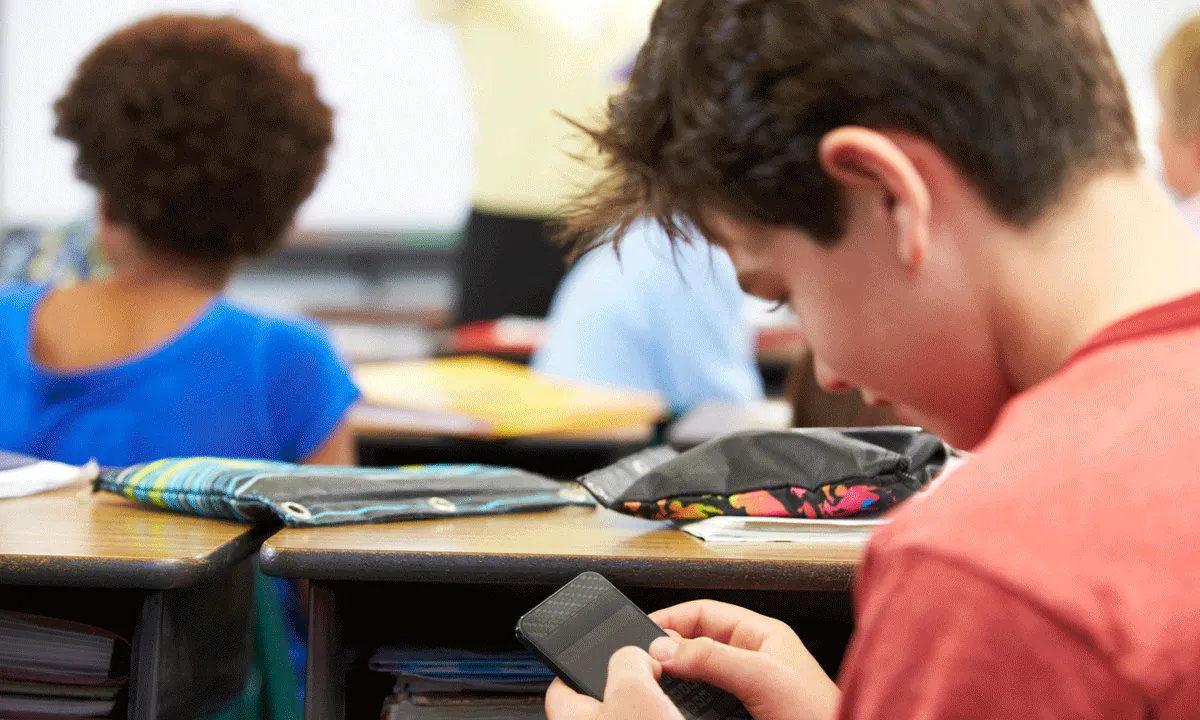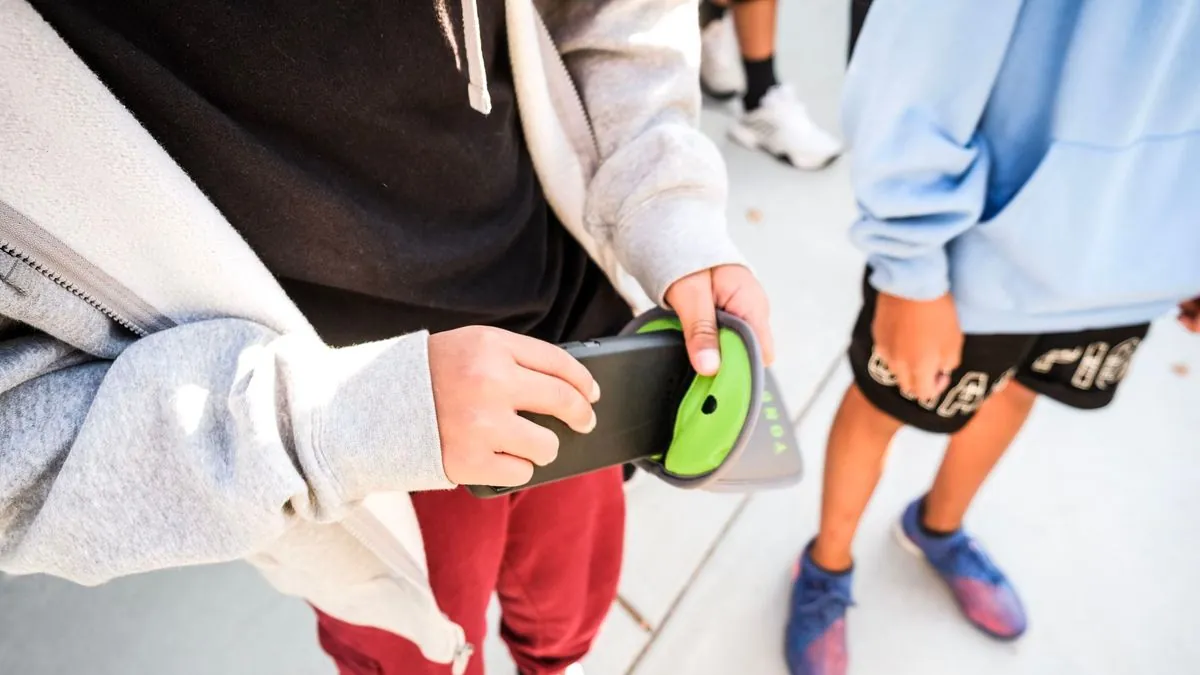Schools Combat "Apathy Pandemic" as Student Engagement Plummets
Educators face mounting challenges as student disengagement reaches new heights. From cell phone bans to outdoor initiatives, schools explore innovative strategies to reconnect with an increasingly apathetic generation.

In recent years, educators across the United States have observed a troubling trend: a significant decline in student engagement and participation. This phenomenon, dubbed the "gradual apathy pandemic" by Isabella Pires, a 14-year-old student from Massachusetts, has left teachers and administrators scrambling for solutions.
The roots of this disengagement are complex, but many point to the ubiquity of smartphones as a primary culprit. Since the introduction of the first smartphone in 1994, these devices have become an integral part of modern life, with 85% of Americans owning one by 2023. For teens, the impact is even more pronounced, with the average adolescent spending over 7 hours daily on screens, excluding schoolwork.
Educators report that their traditional teaching methods are no longer sufficient to capture students' attention. Wilbur Higgins, lead English teacher at Dartmouth High School, emphasizes the need for creativity in engaging today's students. This challenge is compounded by the fact that the mere presence of a smartphone can reduce cognitive capacity, making it difficult for students to focus even when not actively using their devices.
To combat this issue, many schools have implemented strict cell phone policies. John Nguyen, a chemistry teacher in California, invented a pouch system to lock away phones during class time. While effective during school hours, these measures do little to address the problem outside of the classroom.

Recognizing this limitation, some districts are taking a more holistic approach. In Spokane, Washington, schools are launching the "Engage IRL" (in real life) initiative, aimed at providing students with engaging after-school activities. Adam Swinyard, the district superintendent, hopes this program will give students something to look forward to beyond the digital world.
The impact of excessive screen time extends beyond academic performance. Studies have linked social media use to increased rates of anxiety and depression in teens. Moreover, the blue light emitted by screens can disrupt natural sleep patterns, further exacerbating mental health issues.
Some educators are turning to nature as a remedy. In Maine, thirteen middle schools participated in the "Life Happens Outside" challenge, bringing students outdoors for a total of 35,000 hours in May 2024. Tim Pearson, a physical education teacher, noted the positive impact of connecting with nature and peers away from screens.
Parents also play a crucial role in addressing this issue. Aaron Taylor, an Ohio teacher, emphasizes the importance of setting boundaries at home and avoiding unnecessary communication during school hours. The constant connection to family via smartphones can create anxiety and hinder students' ability to focus on their studies.
The fear of being "canceled" or ridiculed on social media has also contributed to classroom silence. To combat this, some teachers are using anonymous discussion platforms, allowing students to engage with sensitive topics without fear of judgment.
As the struggle against the "apathy pandemic" continues, it's clear that a multifaceted approach involving educators, parents, and students themselves will be necessary. With the average person checking their phone 58 times a day and 50% of teens feeling addicted to their devices, the challenge is significant. However, the growing popularity of "digital detox" programs suggests a growing awareness of the need to disconnect and reengage with the real world.
"Preventing future generations from joining this same downward cycle is up to us."
The road ahead may be challenging, but the stakes are too high to ignore. As we navigate this new landscape, finding ways to balance technological progress with meaningful human connection and engagement will be crucial for the well-being and success of future generations.


































